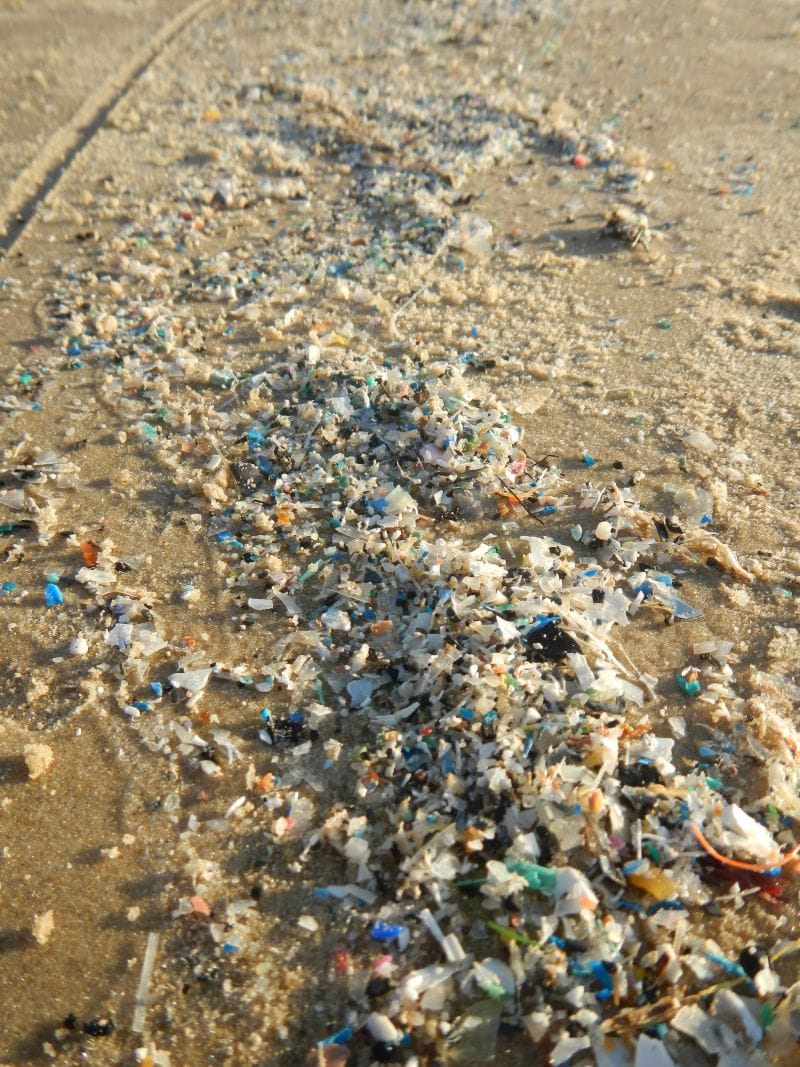RSS feed source: Federal Emergency Management Agency
If you were affected by either of two recent federally declared disasters in Missouri – March 14-15 or May 16 – you may be eligible for assistance from the Federal Emergency Management Agency (FEMA).
How to Apply
To apply for FEMA disaster assistance, go online to DisasterAssistance.gov, call toll-free 800-621-3362, or download the FEMA App.
What to Expect After Applying
A FEMA inspector may contact you to schedule a home inspection. To be prepared for the visit, please have the following documents:
Identity: Social Security number, state driver’s license, state ID, or voter registration card.Proof of ownership and occupancy.Receipts of any items purchased prior to inspection.Pictures of any damage that may now be repaired or cleared off the property.
During the appointment, FEMA inspectors will:
Present their official FEMA ID badges.Confirm your FEMA case number.Review structural and personal property damage.
FEMA inspectors will not:
Determine eligibility.Take any money or ask for credit card information.Take the place of an insurance inspection.
If you suspect that someone is not a legitimate FEMA inspector, do not provide your personal information, and contact local law enforcement about your concerns.
Your Determination Letter
After the inspector’s visit, you will be sent a determination letter from FEMA either by mail or email. FEMA will explain in the letter whether you are eligible for assistance, how much, and how the assistance must be used.
If your letter says your application cannot be approved, it does not mean
Click this link to continue reading the article on the source website.

